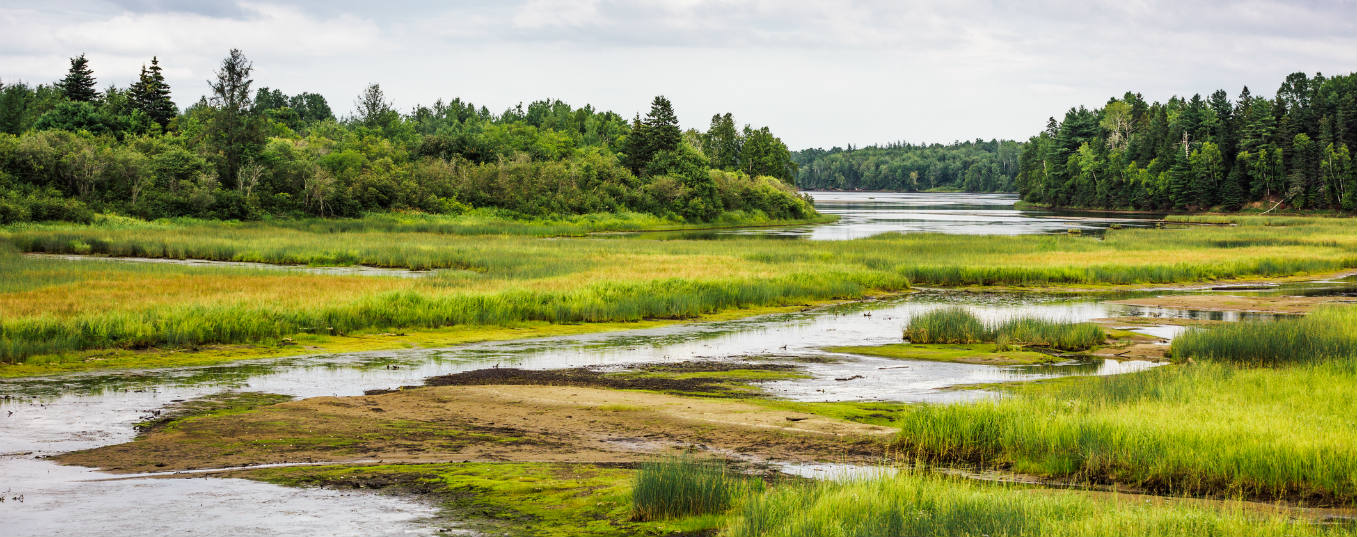Why have forest fires started earlier than usual?
Why have forest fires started earlier in 2023? We analyze the causes and possible solutions.
Hardly had Winter passed than Spring saw the first great forest fires of 2023 in countries such as Spain and Canada. Fires that began out of season and left thousands after thousands of burned hectares. What then, will happen this Summer? What is the role of climate change in all of this? Are plans to prevent these ecological disasters being put in place?
What will I learn from this article?
Climate change is behind the forest fires of 2023
 Normally Spring is not a season with a high occurrence of fires. Vegetation is green, it’s not very hot, and the environment is humid. If fires do occur, they are quickly controlled and extinguished.
Normally Spring is not a season with a high occurrence of fires. Vegetation is green, it’s not very hot, and the environment is humid. If fires do occur, they are quickly controlled and extinguished.
But the forest fires of 2023 are teaching us something else. Some of this Spring’s fires have been devastating. Climate change is bringing them forward and increasing their intensity.
Heat and drought are the perfect combination for fires to spread aggressively. The unusual increase in temperatures we have experienced since the start of Spring, added to by the months of scarce rainfall, saw fires in Spain cover a total of 39,381.42 hectares of surface area up to 30 April 2023, almost double the average for the past 10 years.
Carelessness the main cause of forest fires
In fact, Spain is one of the European Union countries most affected by these fires, a problem that threatens to intensify due to the effects of climate change.
In 2022, around 270,000 hectares burned and there were 57 Great Forest Fires (those that destroy surface areas of over 500 hectares). It was the worst year for fires and surface area burned, worse even than in 2012 when 218,956 hectares perished during the year.
According to investigators, more than 96% of the fires in Spain with a known origin were caused by humans. Most were not deliberate, but due to negligence. In 2022, for example, 63.5% of fires were due to carelessness, imprudence or neglect.
When a fire unleashes, it can rapidly extend due to the presence of combustible material, such as dry vegetation and accumulation of leaves and fallen trunks. Propagation of the fire can also be driven by weather factors such as strong winds and low rainfall, which facilitate the rapid expansion of the flames. Climate change not only generates an environment favorable for great fires to advance, it also increases their size and frequency.
How forest fires impact nature
These fires represent a serious danger for the environment, biodiversity and nearby communities. They can destroy extensive areas of vegetation, affecting ecosystem services and causing the degradation of natural habitats for many species. Indeed, the changes in the nature of these fires are expected to have led to a massive loss of biodiversity, endangering more than 4,400 species on land and in freshwater.
The increase of the potential for soil erosion, due to the loss of plant cover, can affect the quality of water and also its quantity, causing changes in soil which prevents water from filtering correctly.
Also, the emission of great quantities of smoke and ash contributes to air pollution, affecting air quality and representing a risk for human health. In Europe, the forest fires of 2022 caused the highest CO2 emissions of the past 15 years.
Prevention, management and control: measures against forest fires
 Fear of fires this Summer has led the Spanish Government to bring forward its campaign against fires by six weeks. Prevention also plays a key role. Part of the work resides in raising awareness among citizens through campaigns in which they are reminded that:
Fear of fires this Summer has led the Spanish Government to bring forward its campaign against fires by six weeks. Prevention also plays a key role. Part of the work resides in raising awareness among citizens through campaigns in which they are reminded that:
- Bonfires can only be held during authorized periods
- It is forbidden to light fires in woodland or on nearby land
- No one should discard cigarettes, waste, glass bottles or any other element that could cause a fire.
Forest management measures are also being introduced, such as cleaning and elimination of dry vegetation to reduce the accumulation of combustible material and thus the spread of fires. Essential tasks that could be performed with small fires in Winter and Spring are now impossible because of a strange paradox…
The paradox of extinction
Experts say that the better the team of forest firefighters, more likely it is that there are large forest fires. The small fires that occur in Winter and Spring clean the forest naturally in terms of the dry leaves left by Autumn and the branches and trunks that lie on the forest floor.
If these fires are extinguished rapidly, instead of allowing them to consume material in a controlled way, we are allowing the forest to accumulate more combustible material for Summer. The management of these ecosystems in cold periods is thus very important for the reduction of risks.
To conclude: prevention, rapid response and the right management will be key in combating forest fires. Only then will we succeed in saving our forests and avoiding a Summer aflame.
Sources:
- https://ethic.es/2023/05/empiezan-antes-los-incendios-forestales/
- https://www.sostenibilidad.com/medio-ambiente/perdida-biodiversidad/







